
Wild Bird Seed
For Your Bird Feeders
Commercial vs. Good Quality Wild Bird Seed Mixes:
Commercial seed mixes that you find in your local supermarket aren't usually the best for birds or your wallet.
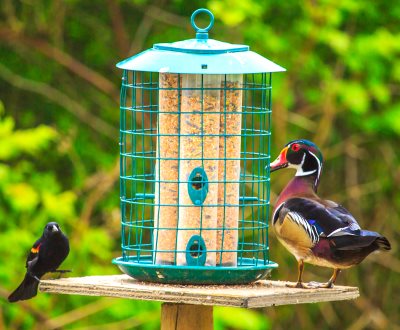
Usually the ingredients consist of millet, sunflower seed and cracked corn.
Cheaper blends often include a larger proportion of filler seeds that birds will ignore and toss aside.
You can actually save money with a more expensive, richer mixture since there will be less filler waste and you will attract more birds.

Since mixes contain a lot of millet, if you remember, millet is preferred mostly by ground-feeding birds.
Therefore, if you put in in your hanging feeders, ground-feeders cannot access it and feeder birds will not eat it. So nobody's happy.
Make Your Own Wild Bird Seed Mix
If you want a seed mix, make your own by blending black oil sunflower seed, white proso millet and cracked corn (2:1:1) or substitute the corn or millet with sunflower chips, striped sunflower seeds, Nyjer seed (thistle), etc..
Or experiment to attract the kind of birds you would like to see at your feeders base on their seed preferences.
Avoid Filler Seed
Try to make or buy seed mixes that do not have a lot of filler seed like milo and wheat which will be tossed aside by most birds and end up as weed seed in your grass if your feeder is placed over your lawn.
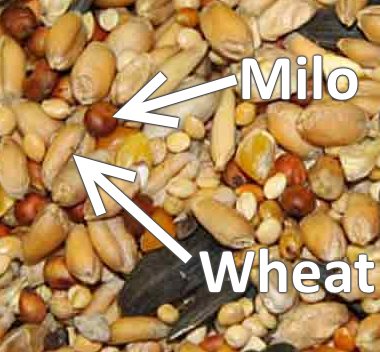
Milo (aka sorghum) is a red, round, thick-coated, low-fat "filler" seed found in birdseed mixes.
Birds typically won't eat milo unless they're hungry and nothing else is available.
It usually will be wasted as birds pick it out of mixes to get to better ingredients. Milo may attract unwanted cowbirds, starling, grackles, squirrels, rats.
Learn about the difference between white proso millet vs red millet vs milo.
Pest Birds or Squirrel Problem At Your Feeder?
You may want to try feeding your backyard birds safflower seed if you have trouble with squirrels at your feeders, and/or pest birds like starlings, grackles, which do not like safflower seeds.
Make Wild Bird Seed Blocks
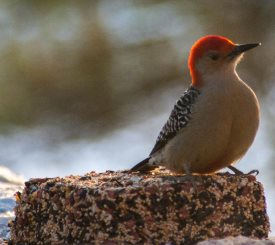
You can take your wild bird seed mix and create a seed block in any shape you desire.
The gelatin and corn syrup provides more protein and sugar calories for the birds. The block lasts long and there is little waste compared to offering loose seed. Plus, you can hang these up in places that your feeders aren't and attract more birds as well as possibly different species.
The video below shows how to make an easy bird seed wreath for anytime of the year.
Wild Bird Food:
What Bird Seed and Other Foods Do Birds Prefer?
When it comes to wild bird food, there are lots of choices.
Different seeds as well as feeders will attract different bird species.

The more you know about which types of seed birds prefer, the better you will be able to attract the number and types of birds that visit your feeders.
And better yet, the better you will be able to keep away nuisance birds from your feeders such as starlings, house sparrows, blackbirds among others, unless you want them at your feeders.
Use the below wild bird food preference chart as a guideline and watch the video for more info about bird seed.
Wild Bird Seed Preferences of Common Feeder Birds
| Species | Sunflower | Safflower | Corn | Millet | Milo | Nyjer | Suet |
| Chickadees, Titmice, Nuthatches | X | X | X | ||||
| Finches | X | X | X | X | |||
| Cardinals, Grosbeaks | X | X | |||||
| Sparrows, Blackbirds | X | X | X | ||||
| Jays | X | X | X | X | |||
| Woodpeckers | X | X | |||||
| Orioles, Tanagers | X | ||||||
| Pigeons, Doves | X | X | X | ||||
| Indigo Buntings | X | X | X |
How To Choose The Right Bird Seed For Your Bird Feeder
Below is a short video discussion below regarding use of wild bird seed mixes, black oil sunflower seeds, Nyjer thistle, safflower seeds and/or suet in your bird feeders.
When purchasing wild bird seed, try to buy seed that is as fresh as possible.
Some seed distributors work directly with farmers, grower co-ops and seed processors to deliver the freshest and most nutritious bird seed. This isn't the cheap seed at your local discount store that been sitting in a warehouse, has lost most of its nutritional value and is full of "filler" seed that birds don't like and pick through. In the long run, you save because there is less waste and even more importantly, it's better for the birds.
Follow the below links to learn about different types of bird food and the kind of birds each will attract:
| Black Oil Sunflower Seeds | Bird Suet Recipes |
| Nyjer Seed | Feeding Birds Fruit |
| Safflower Seed | Corn Bird Food |
| White Proso Millet | Peanut Bird Feeder |
Hummingbird Nectar Recipe
We've got a whole page on how to make your own hummingbird nectar, much cheaper than store-bought and better for the hummingbirds without the artificial color.
Best Squirrel Proof Bird Feeder
Want to feed birds, not squirrels? This feeder is one of best squirrel proof feeders on the market.
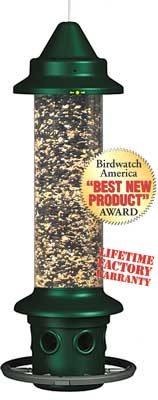
Best Cardinal Bird Feeder -Top picks for the best bird feeder for cardinals including platform, hopper, and tube feeders.
Remember, you do have an ethical obligation not to jeopardize wild birds with your feeders. Follow the links below in order to provide a safe feeding environment for your birds:
Precautions against Window Collisions
Bird Feeder Plans
Now that you know about they types of wild bird food, learn how to build your own feeder with these Free Bird Feeder Plans and learn which type attracts what kind of birds.
Winter Bird Feeding- Learn about the best bird seedfor the birds during the cold wintertime season.
And be sure to sign up for Project FeederWatch, where you can participate in a winter-long survey of birds that visit your feeder.
Bird Feeders - Best bird feeders by type including tube, platform, squirrel proof, hopper and window bird feeders.
What Do Birds Eat? - Food guide by species
Bird feeder and Red-bellied Woodpecker photos courtesy of Murry Foubister and Samantha Forsberg, respectively.
|
Our Favorite Bird Watching Binoculars, Squirrel-Proof Feeder & Hummingbird Feeder Read Our Reviews: |
||
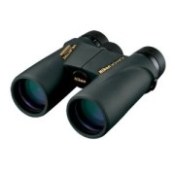
Nikon Monarch M5
Best mid-priced bird watching binoculars. Waterproof, shockproof, multi-coated ED-Glass. |
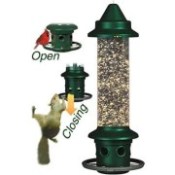
|
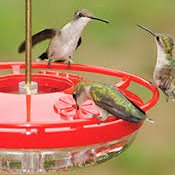
Best Hummingbird Feeder
Drip-Free, Ant-moat, Durable, Easy to Fill and Clean. |
| Click Images or Links To View More Info | ||